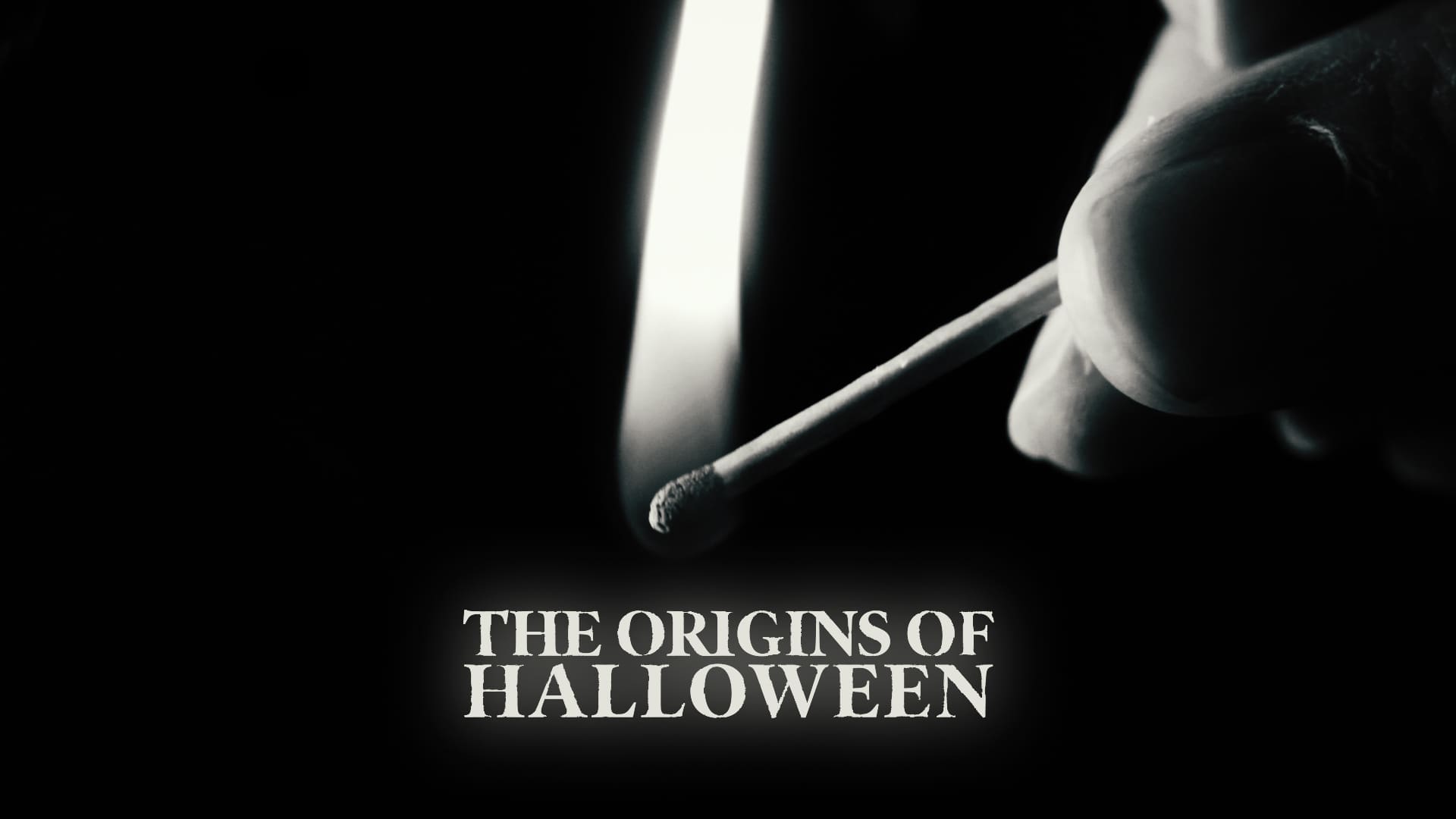Halloween is just around the corner and that means it’s time for a blog packed with valuable pub quiz information. Let’s get to it.
The Origins
Short and memorable > long and boring
Halloween began life as the Celtic Samhain Festival. A celebration marking the end of summer and the beginning of winter. In an attempt to bring Christianity to the Pagans, invading Romans aligned All Hallows’ Day (AKA All Saints’ Day) with Samhain. And thus All Hallows’ Eve – the day before All Hallows’ Day – was born. Before long, it was rebranded into the short and snappy Halloween. And it stuck.
The lesson here is that brands looking for success should opt for a short and memorable name. If you look at the names of the top 5 biggest brands in the world – Amazon, Apple, Google, Samsung and Facebook – they’re all under 3 syllables.
Beloved brands survive hardship
Throughout history the Celts suffered relentless invasion. They were conquered by the Romans, Anglo Saxons and the Vikings. The invaders brought new customs and beliefs with them that they attempted to impose on the Celts. Despite the turmoil, the traditions of the Samhain festival and what would become Halloween endured.
This is an important lesson for brands looking for ways to weather hardship: focus on delighting customers and becoming a brand that’s loved and you’ll be more likely to survive the inevitable tough times.
Evolve with the times
Halloween as we celebrate it today is unrecognizable compared to the original Pagan festival. And that’s because – like a sensible brand – it evolved and adapted over time. When the Romans invaded, for example, the practice of apple bobbing was introduced. Souling – the practice of asking for a treat – was introduced by Europeans in the medieval period. By embracing new practices and customs, Halloween stayed culturally relevant. As such, we still celebrate it today.
If you want to maximise the longevity of your brand, it’s important to evolve with the times in the same way Halloween celebrations did. We all know what happened to brands like Blockbuster & MySpace who failed to evolve.
The Present
Halloween today is more than just Celtic ceremonies and fire festivals: if there’s one thing America has done for Halloween, it’s take it mainstream.
All Hallows’ Eve, but make it commercial
From the time the New World was discovered, All Hallows’ Eve has featured in the liturgies of both Anglican and Catholic settlers, although the Pilgrims were (unsurprisingly) vehemently opposed to the holiday. Fast forward a couple of centuries and by the time the US was founded, the holiday was ready to move out of the church and into pop culture. The ‘dark romantic’ movement swept the US in the 1800s, with Nathaniel Hawthorne, Washington Irving & Edgar Allan Poe popularising dark, spooky tales that continue to form the archetypes of many a ghost story today.
The moral here is that if you’re going to create a brand that lasts, going mainstream can only help you. When you’ve got 70% of the US celebrating a holiday each year (nearly four times the population of the UK), you don’t have to worry the 30% who aren’t interested.
… but you need your devotees, too
Ok, so you’ve got 229 Million people celebrating Halloween in the US alone every year. They’re not all mega-fans though, right? Some of those people bought one bag of candy on sale the day after Halloween. But some of them spent months crafting their costumes, planning their fancy-dress parties, listening to Werewolf Bar Mitzvah and otherwise getting stoked. And those are the people who you want to keep on your good side.
A good marketing strategy involves not just top-of-funnel awareness drivers (like the candy aisle that shows up at the supermarket every year around this time), but also tactics to turn your biggest fans into advocates. In the US, a great Halloween example of this is the Spirit Halloween shops that pop up around the country every year from August to November, selling everything from fake spiderwebs to tableware, all with a spooky Halloween theme perfect for those avid fans to pick up anything they need. Remember that once a person converts, chances are you still want them around to evangelise for your brand and bring new customers in—after all, word of mouth is still a great results-driver!
Still not had your fill of spooky entertainment? Check out some of our favourite Halloween work from years past!


